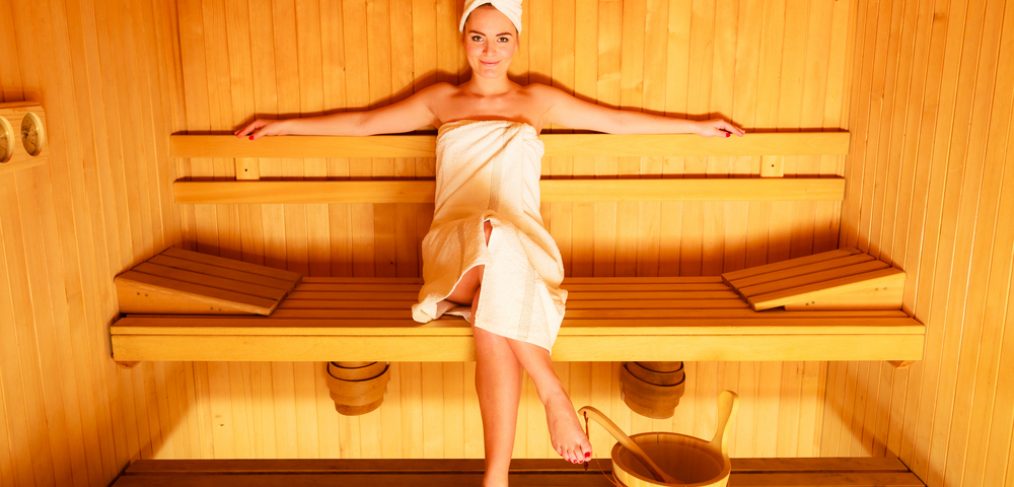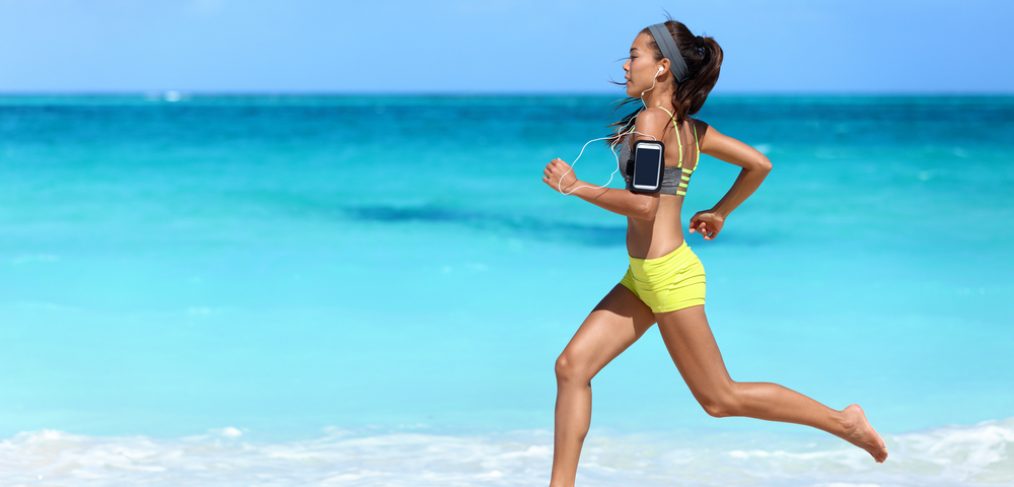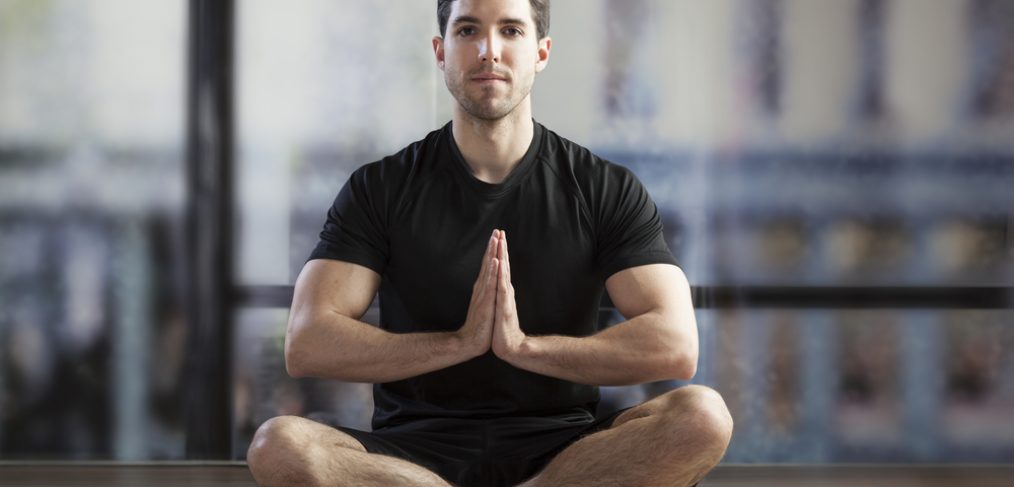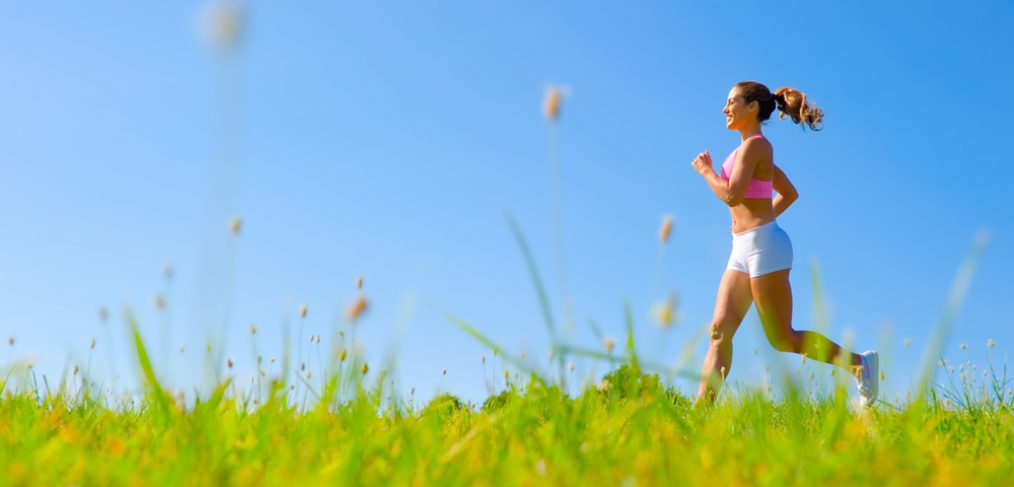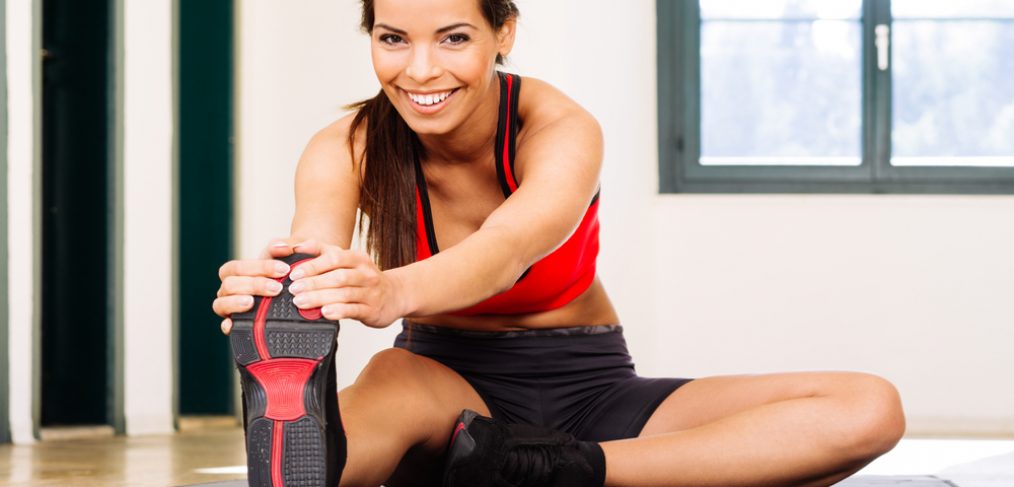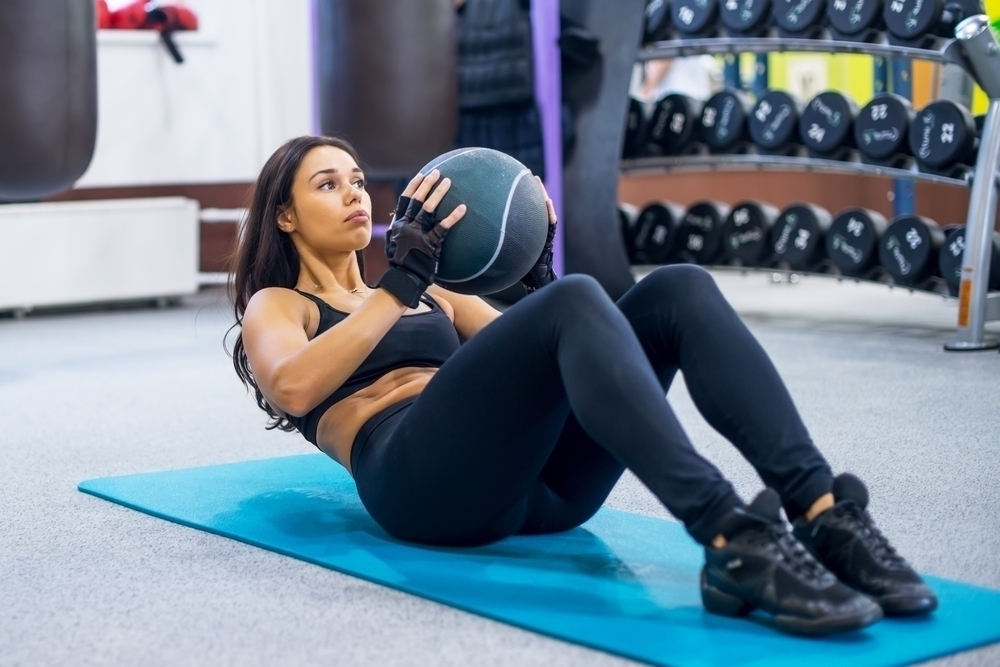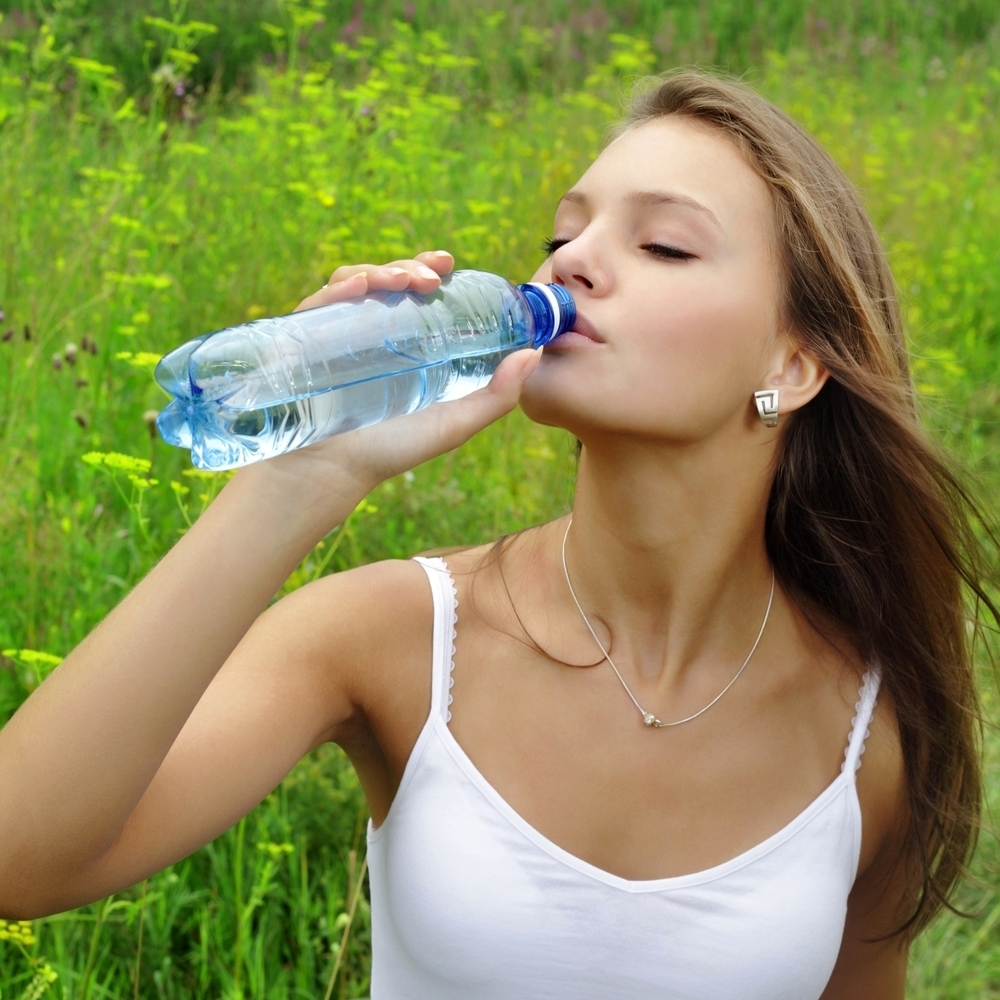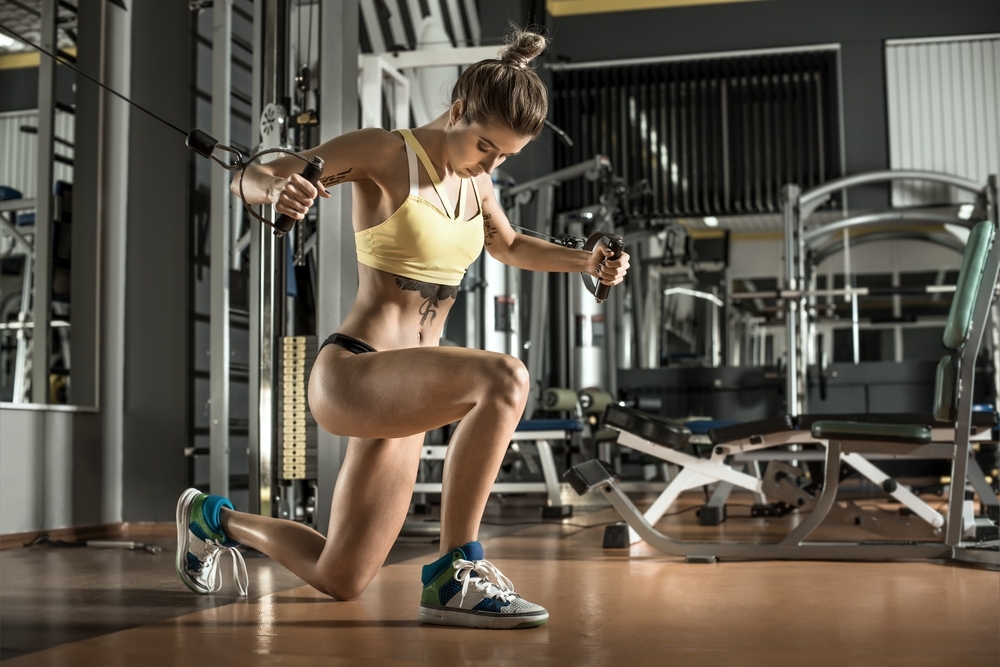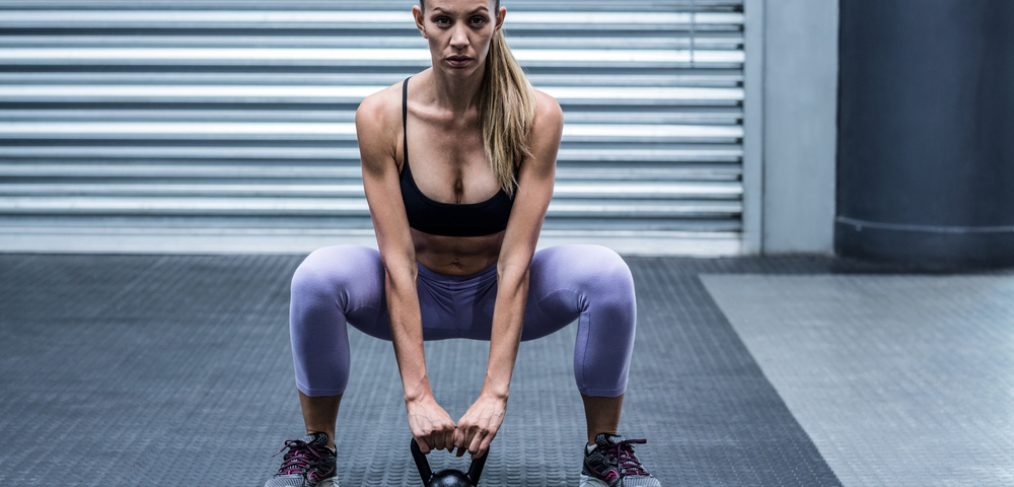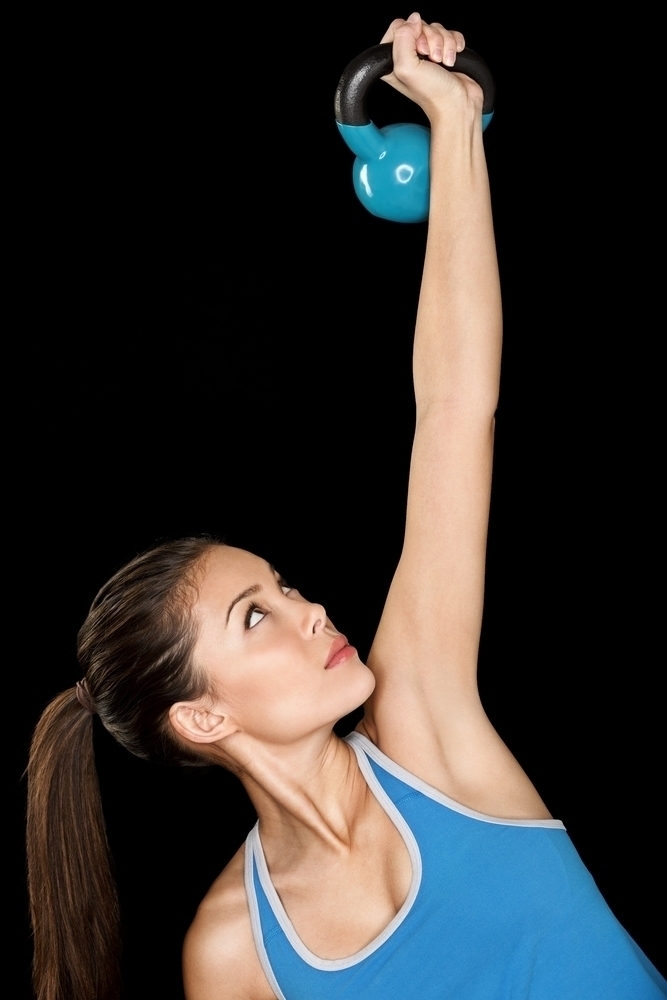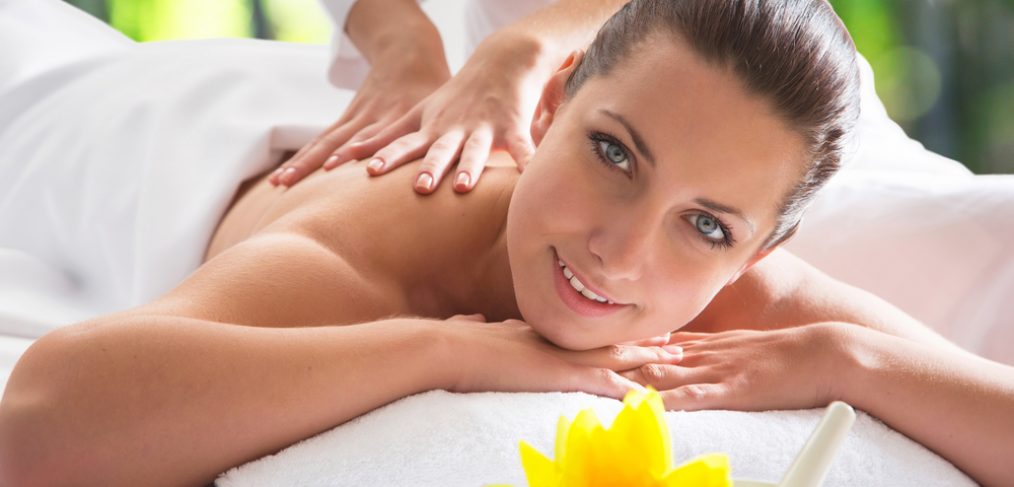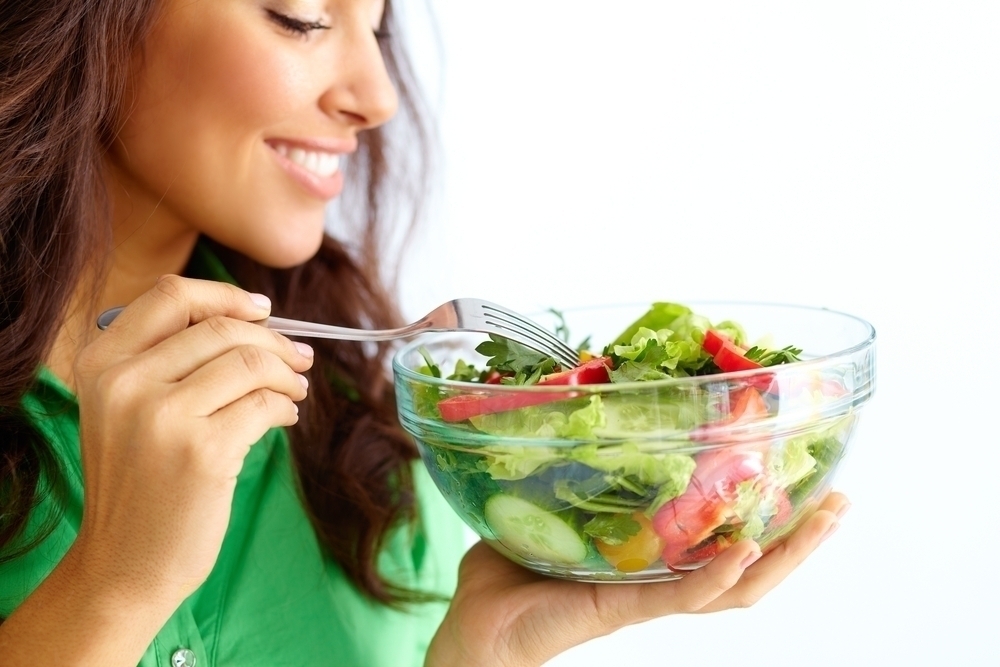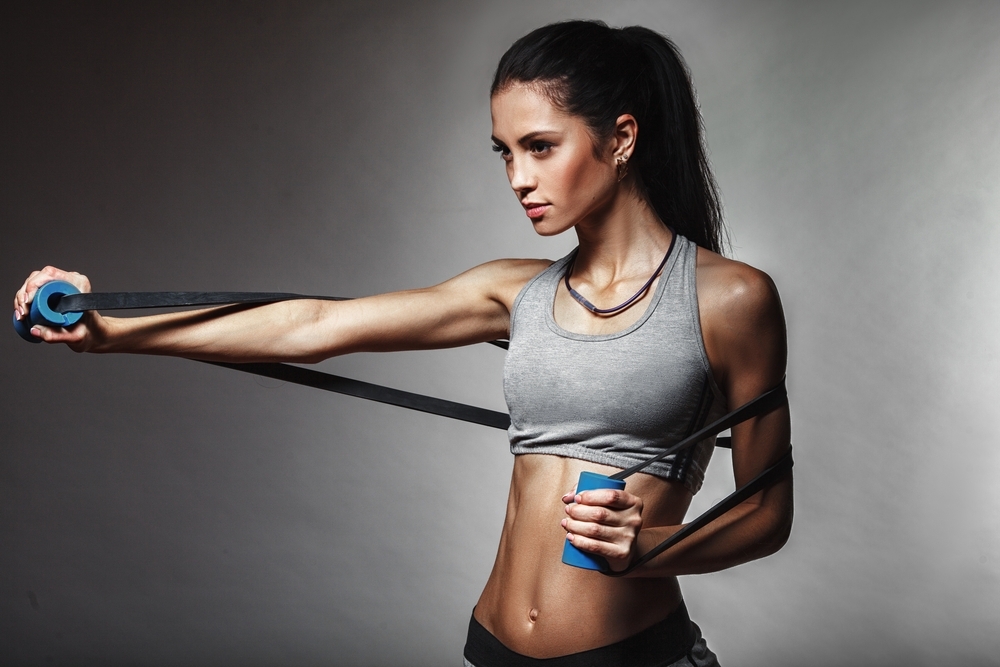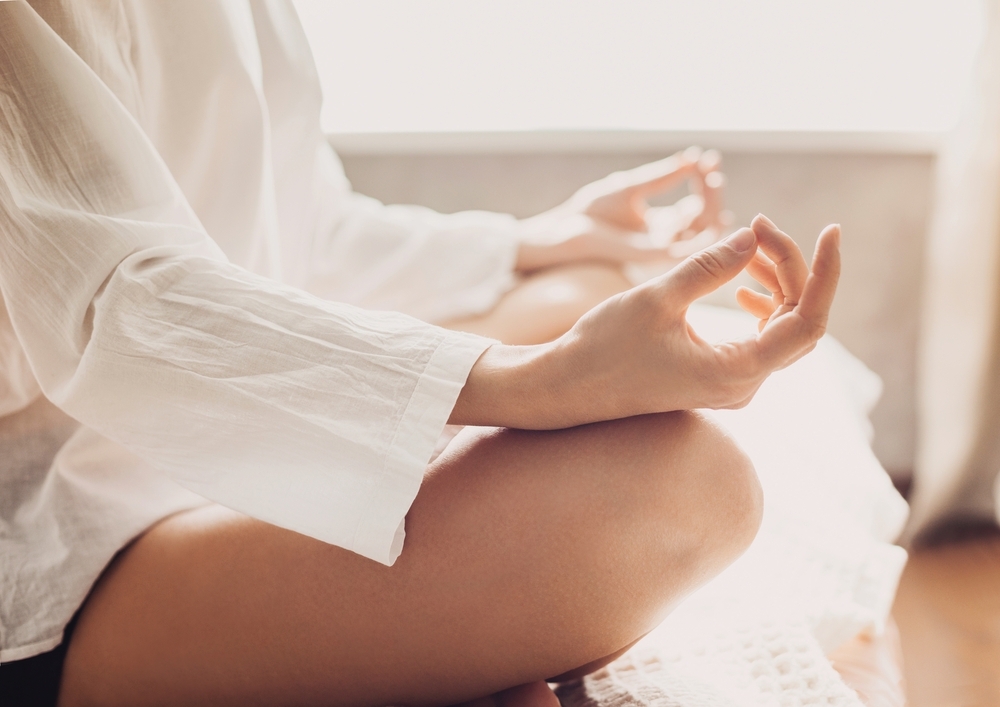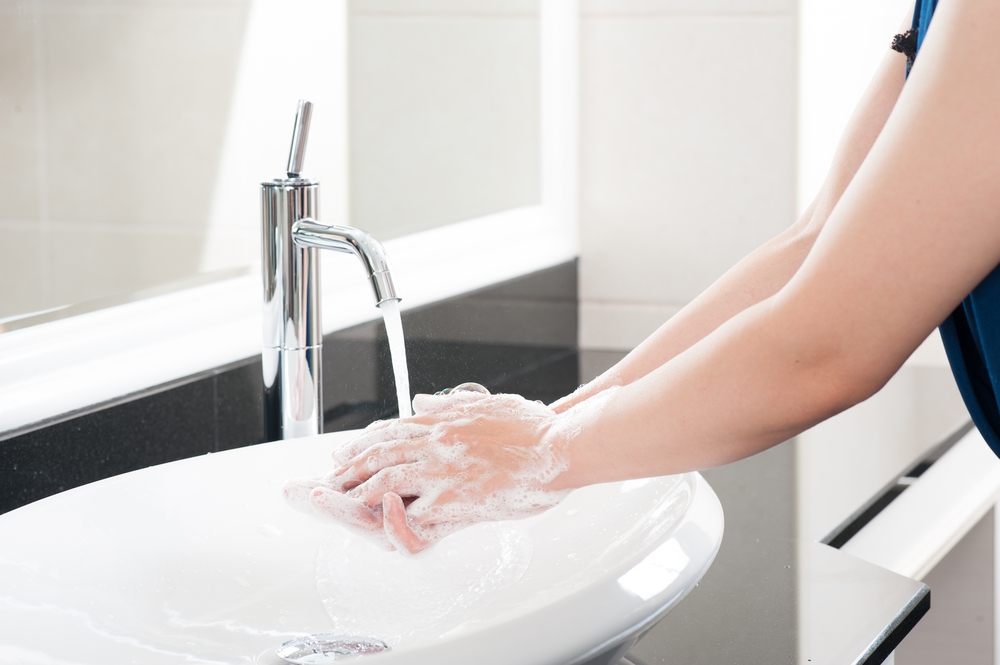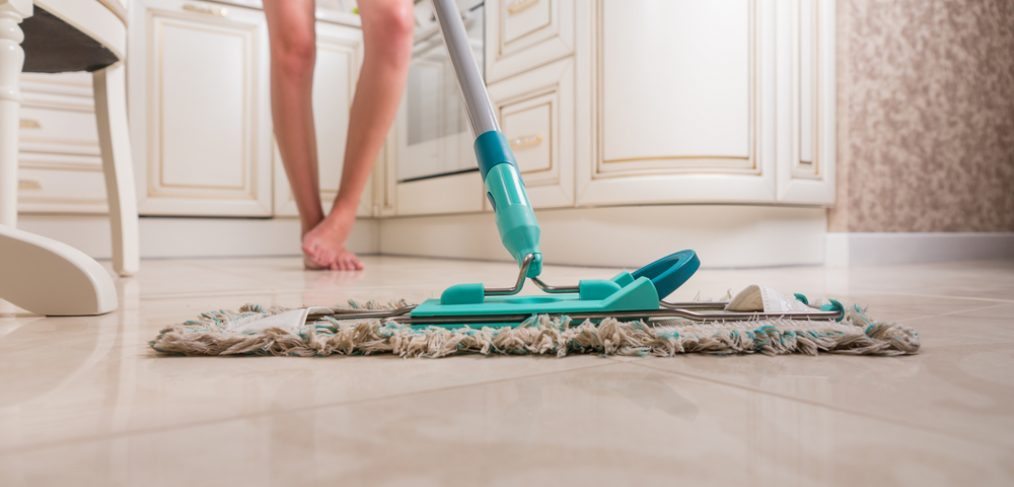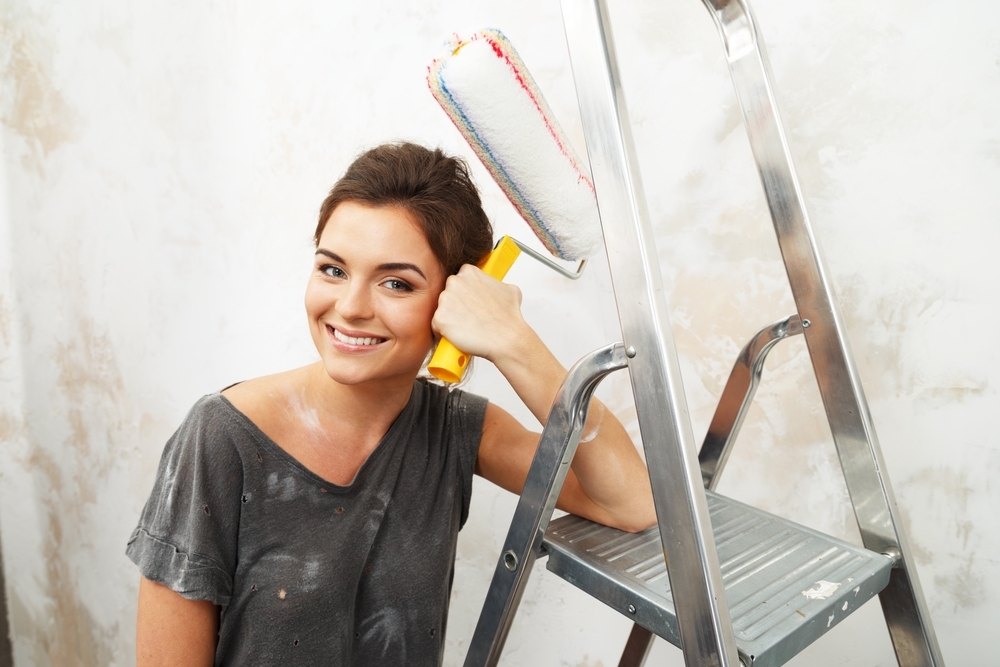You have just finished working out at the gym and you feel like crawling home. It must have been somewhere between the 50th and 51st set of squats when your muscles just gave out. Your legs feel like jello. You decide that some relief is definitely in order if you have any chance of getting to your car and driving home without requiring medical attention. You spot the sauna. “This is just the thing,” you think. I will sit in here, let my muscles relax a little and I will feel like a new person!” Then you spot the steam room. Could this be a better option? You try and think. What have you heard about them? You can’t remember which one is which and think that in your condition it may just be a matter of which one is closer. Well, just so you are prepared for when this happens to you, here’s the breakdown.
The basic difference between saunas and steam baths is that steam baths use moist heat, while saunas offer dry heat. Both are hot baths which stimulate blood flow, easing pain and promoting healthy metabolism.
The Heat Factor
Saunas are a good deal hotter than steam rooms with the set temperature at somewhere between 160 and 200 degrees Fahrenheit, and a humidity level between 5 and 30% In other words, it’s a dry heat. Steam rooms measure somewhere between 110 and 120 degrees but the 100% humidity will make it feel much higher. Heat rises in both saunas and steam rooms, so the higher you sit, the hotter you will be. Wet and dry heat have a sedative effect which can provide relaxation to those suffering emotional disorder and pain relief to those suffering from a muscular injury.
The Bare Bones
Have you ever gotten on a slide in the hot weather as a child? Perhaps, then you understand why saunas are built of wood and not metal. In addition, wood absorbs moisture, keeping surfaces cooler and pulling humidity from the air. In steam rooms, high humidity would cause wood to deteriorate and are therefore made of tile or plastic. They feature sloped ceilings which allow the water to run down the wall rather than drip on your head.
The Relaxation Factor
Both steam rooms and sauna reduce muscle tension and promote relaxation. They improve circulation and cause occupants to perspire, opening the pores and cleansing the skin, The humidity of the steam rooms may be more comfortable for people suffering from allergies and congestion, whereas those with conditions that may be aggravated by humidity, like arthritis, may opt for the sauna.
The Expectoration Factor
One advantage that a steam room may have over a sauna is the expectorant effect. Wet heat opens the sinuses throat and lungs and can loosen and clear the mucus in your nose, chest, and throat. However, it can also aggravate asthma, which would make a sauna a better choice for asthmatics.
The Myth
You may have heard that both of these baths may remove toxins from the body and help you lose weight. There is no evidence to support that either removes any toxic chemicals from your body and any weight loss will be temporary, resulting from water weight lost from sweating, so hanging out in the sauna or steam room will not make you svelte, which is why you still have the gym.
So which way do you stagger? To the dry or to the wet? The choice is yours, just pick one soon!



